Top 10 Analytics And Business Intelligence Trends For 2020
datapine
NOVEMBER 27, 2019
Often seen as the highest foe-friend of the human race in movies ( Skynet in Terminator, The Machines of Matrix or the Master Control Program of Tron), AI is not yet on the verge to destroy us, in spite the legit warnings of some reputed scientists and tech-entrepreneurs. 4) Predictive And Prescriptive Analytics Tools.

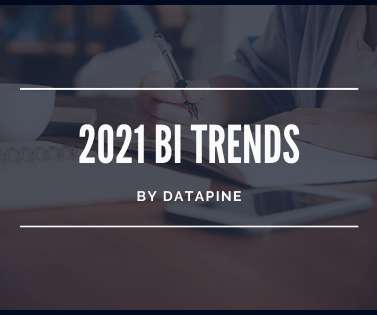
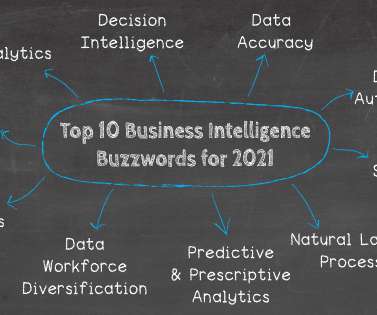
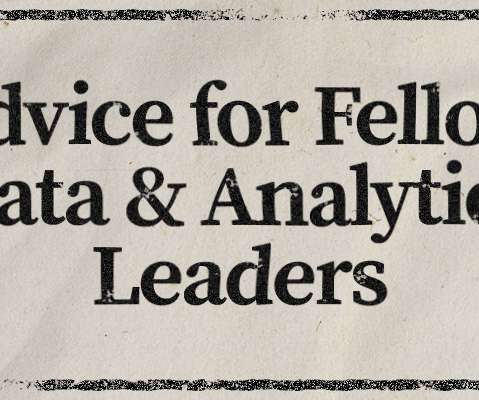


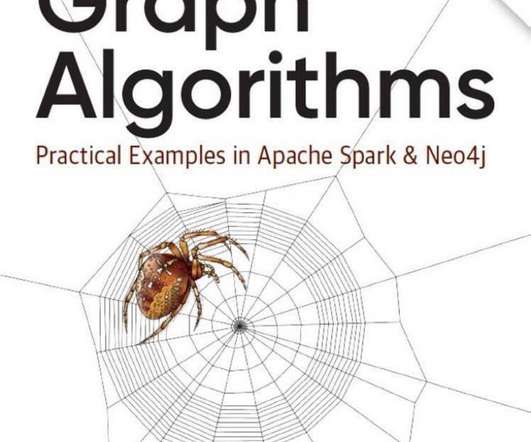
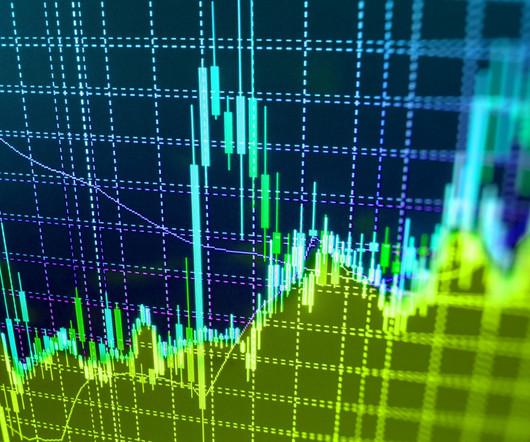




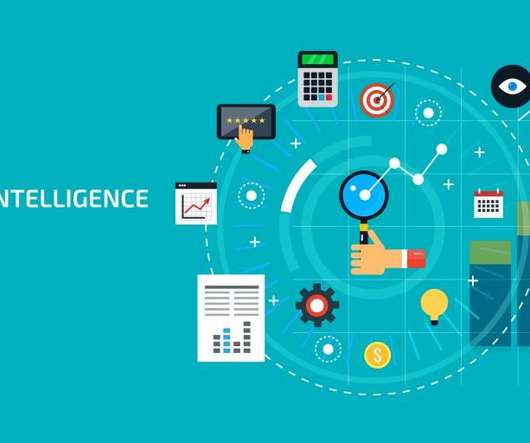
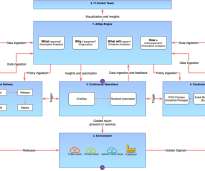
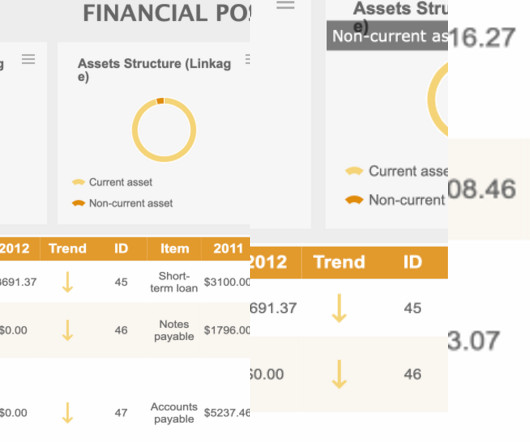

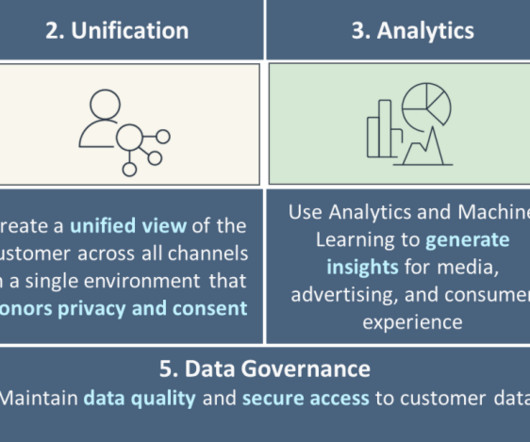
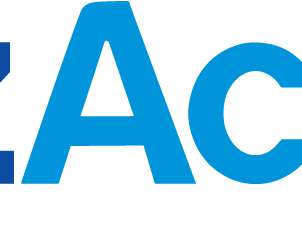
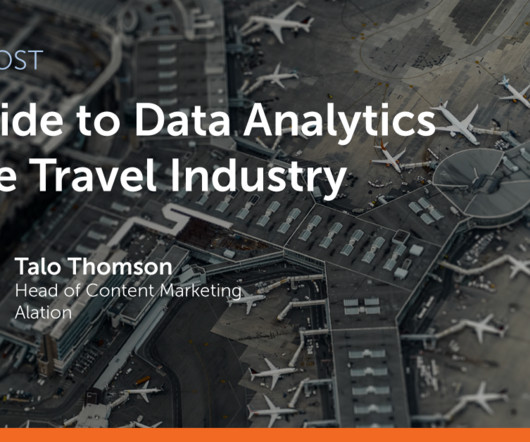
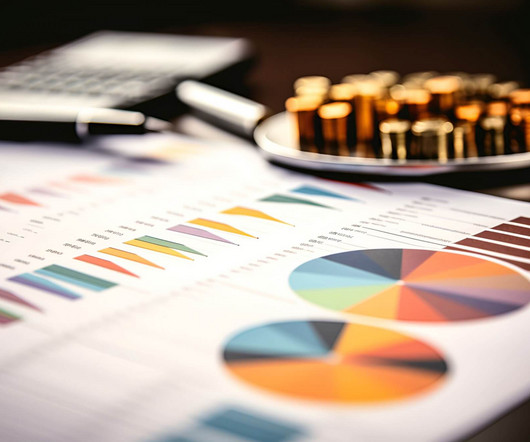
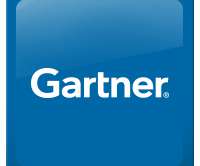









Let's personalize your content